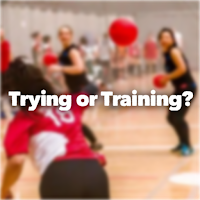
The recruiting landscape has changed — learn how Hudl has made it easier to search, evaluate and save prospects.


These new product improvements not only allow you to discover athletes quickly with improved filtering and search, but you’ll also have access to more of the content that helps evaluate recruitable athletes. This includes contact information, academic and athletic stats, and full game videos with filtering. And if you’re a recruiter at a college basketball program, you can import the data into Hudl Sportscode to watch video offline, create edits and make player comparisons.
What’s all this mean? You’ll now get much more than a highlight to make the right decisions for the future of your program.

